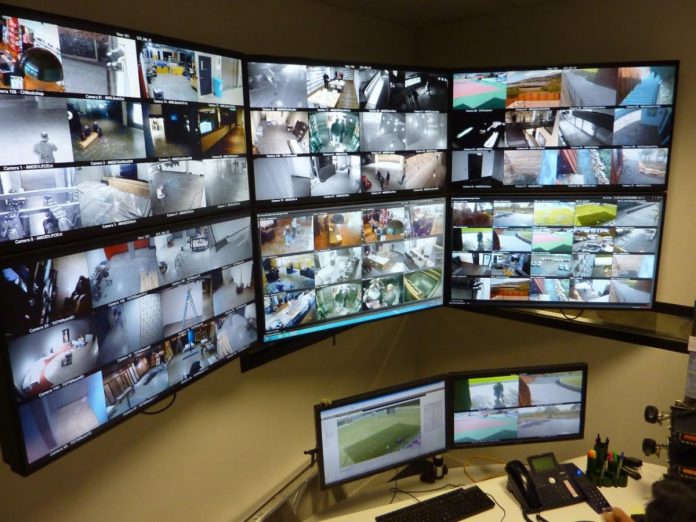Trying to tease out the future of video management solutions isn’t easy – increased network bandwidth and the incremental growth of cloud and distributed cloud suggests we will see more remote and virtual systems in the future.
There are also evolutionary processes around video analytics like face recognition, automation, reporting, integration, user interfaces and management strategies that will impact on the nature of VMS, as well as the ways in which the technology can be used.
Something that seems increasingly clear is that while security surveillance lies at the heart of VMS, there’s plenty of lateral value to be found across multiple areas of operation and this value changes VMS return on investment entirely.
According to Mat Harrison of Network Optix the future of VMS will see the AI/deep learning-driven video analytics remain at the forefront of innovation in the VMS world.
“IP video, combined with computer vision, is poised to replace many existing surveillance technologies,” Harrison said. “And with a flexible interface and flexible development tools, integrators are going to see many opportunities emerge from surveillance-adjacent functions.
“I think we’re likely also going to see an increase in the number of multi-sensor cameras and continued innovation in the sizes and types of cameras (body worn cameras, drone-mounted cameras, etc). The VMS is becoming a critical piece of software to many additional business functions outside of security and I think we’re likely to see this trend continue for a long time.”
For Andrew Cho of EOS Australia, the future of VMS is a video-centric enterprise platform that is scalable and adaptable.
“VMS has been one of the fastest adopters of the latest video technology such as video content analytic, data collection/utilisation and more,” Cho said. “Augmented surveillance is also considered the next big thing. For that, VMS has to be a truly open and fully independent platform.”
Over at Hills, Orlando Chiang says the way current technology is headed we will be seeing more body worn cameras streaming back live to VMS systems.
“There will also be video analytics running on the edge with the metadata coming back to a central server providing more business intelligence,” Chiang said. “VMS systems will no longer be just a security tool but rather an operations and business necessity.
“I also envision that operator client platforms will start to transition to augmented reality interfaces providing operators live feeds and alerts while on patrol and business operations information to other departments to better improve the organisations objectives.”
Brett Hansen Milestone sees open-ness as integral to the future of VMS.
“As we move to beyond security applications and keep constant focus on an organisation’s agile requirements, the VMS platform’s openness to scale with IOT devices will increase in prominence,” Hansen said. “A VMS will also need to be adaptable to the developing bespoke camera analytics that can drop in applications as the organisation desires them.”
For Vlado Damjanovski of Vidi Labs, what jumps out is how complicated some VMS solutions have become.
“First and foremost (functionality aside), is their infinite number of security precautions and complications they impose on users, which makes their use very difficult and complicated,” he says.
“The second thing that jumps out is the monopolistic behaviour of some, and the decision to charge customers for everything they can, annual fees, additional hidden costs, training courses for which they charge too much.
“In my opinion, VMS solutions should be free and the manufacturers should only charge once-off for a licence-per-recording channel and nothing else. Maybe there should be an additional fee for some clever analytics, but again, once off, and not on annual basis.
“Further, I think in the future all serious VMS manufacturers should make their flagship VMS solutions for Linux OS first and foremost. Then it will be expected that the VMS will be free, but they can still make money from the recording channels and analytics.
“If we think we are serious professionals in the security industry, which deals first and foremost with the security of organisations and companies, it is hypocritical to develop VMS only for the most vulnerable operating system (Windows), which at the same time is the most expensive (Linux and OS X are free!) in addition to the VMS cost. It’s a fact that 90 per cent of Internet applications run on Linux, and there is a very good reason for it.
“And don’t get me started on the dreadful “Please wait while Windows is updating” message that pops up when a security operator wants to find a critical incident that happened that morning…”
#sen.news









